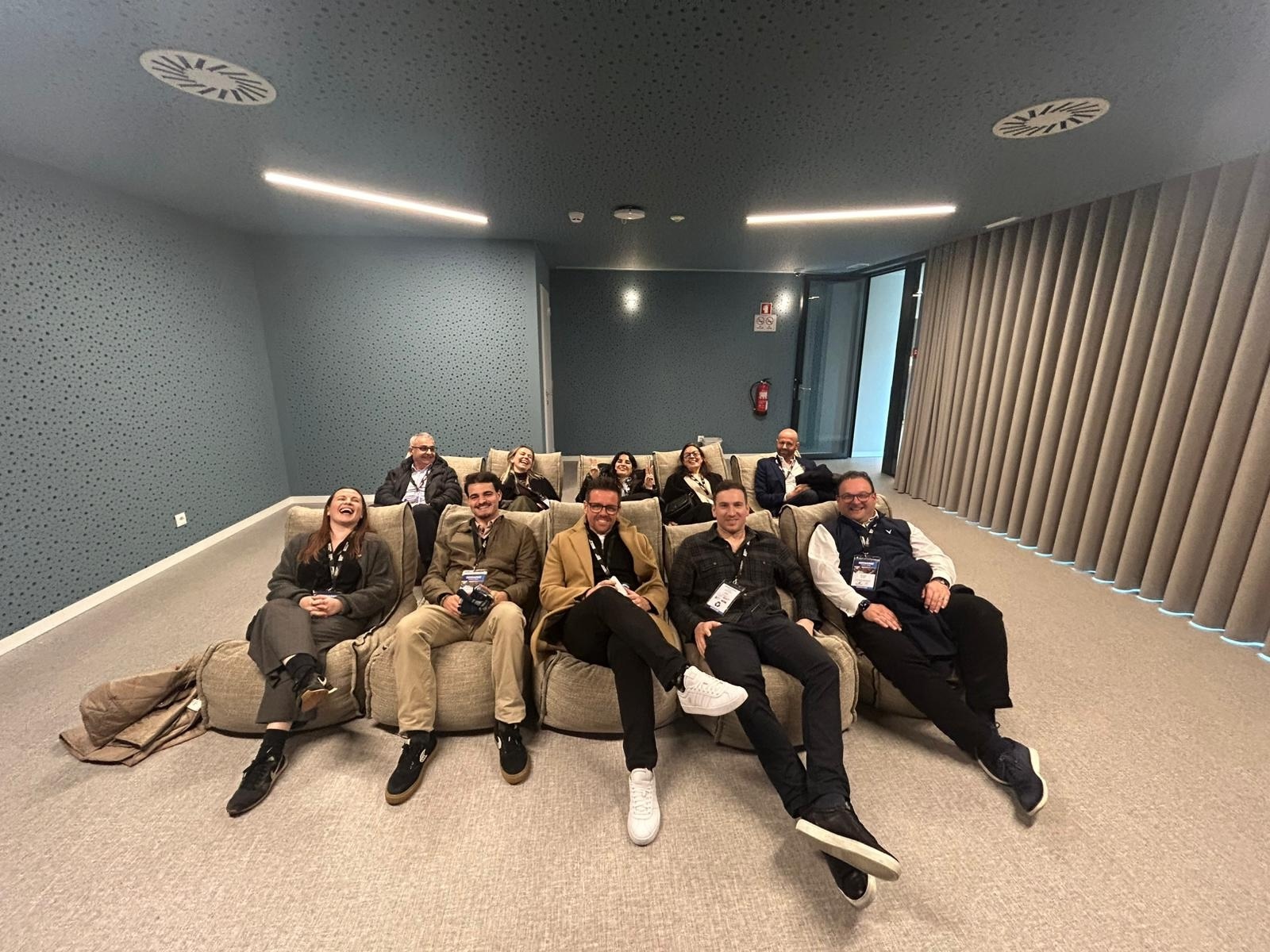
• Could you give us a condensed career history and explain how you came to be working in the corporate accommodation/serviced apartment sector?
“I started working with non-profit member-based organisations 25 years ago. I’ve managed associations of women realtors, computer programmers, professional fund raisers, nutrition educators, and women surgeons during my career. I began working with CHPA on a part-time basis in 2000, and my charge was to ensure that the association was successful in meeting member needs. When CHPA grew larger, I became their full time executive in 2008.”
• What is the membership profile of CHPA and what are the organisation’s main duties and priorities?
“Almost 90 per cent of all members are independently-owned small businesses in local, statewide or regional markets. The male/female ratio is approximately 50/50. Age range of members is anywhere from the late 20s (salespeople) to late 50s/60s (founders), with the vast majority in their 30s and 40s.”
“The organisation’s main duties are networking, education, the sharing of best practices/accreditation, communication, representation/advocating for the industry and legitimising the industry. CHPA’s strategic priorities are growing the membership and engaging members by providing services/products important to their companies”
• What have been the biggest changes affecting the way your members do business over the last few years?
“The main ones are legislation targeting other types of short term housing confusing the corporate housing industry with other industries; other lodging sectors competing for traditional clients of corporate housing, and a stronger move to using mobile technologies – members needing to keep up with consumer demand and ease of booking.”
“We have also seen local or regional member companies needing to expand nationally and globally forming networks to meet this need. The corporate traveller has increasingly sophisticated needs and our members must adapt to consistently meet and exceeding these needs.”
• How have corporate clients’ expectations and travel behaviours changed in that period?
“The major changes include the use of lump sums, different tiers of accommodations to meet different budget needs, and additional taxes which need to be passed along to the client. There has been a commoditisation of the service/product, largely due to computer generated rates via lease rate optimisation. Technology has led to more sophisticated traveller expectations, and there has been a move towards clients wanting to handle their own relocation/housing needs directly online at any time.”
• What are the main challenges on the horizon for CHPA and its membership?
“Our main challenges are promoting awareness of the unique niche, competition from OTAs, differentiating corporate housing benefits and being wherever the client/guest needs to be. Increasing legislative attention to the sector is also an increasingly important issue.”
www.chpaonline.org</p








